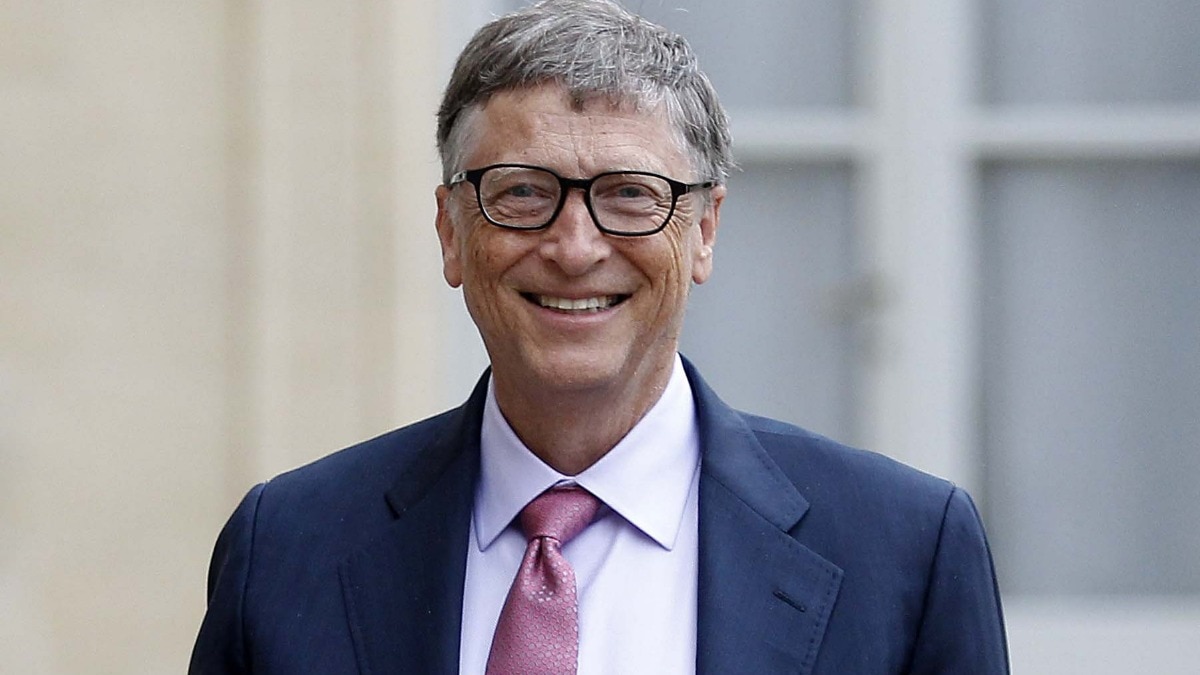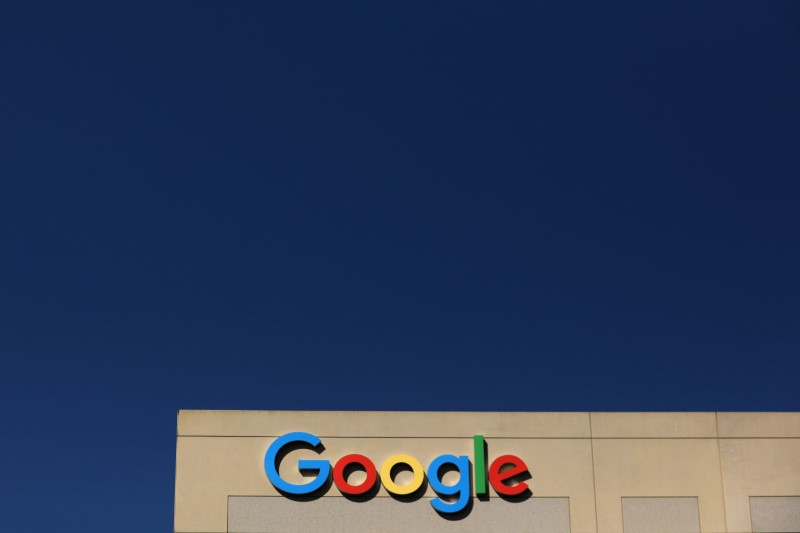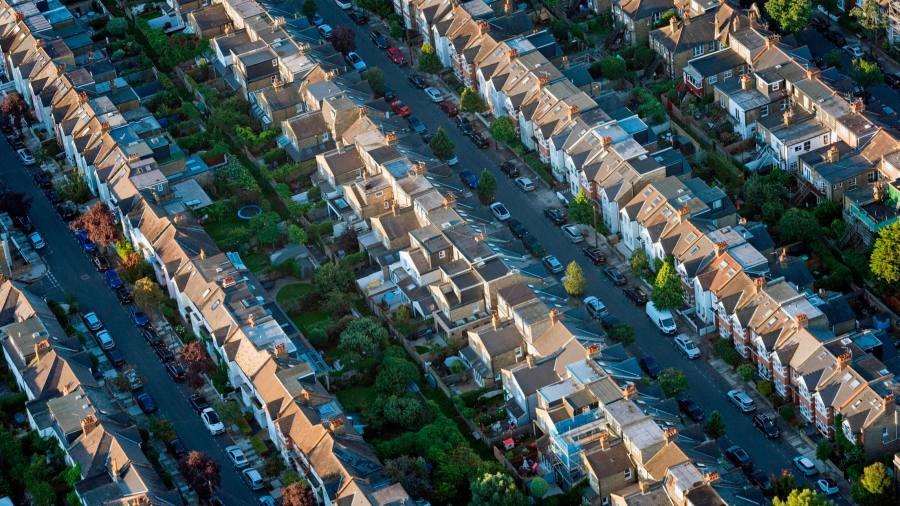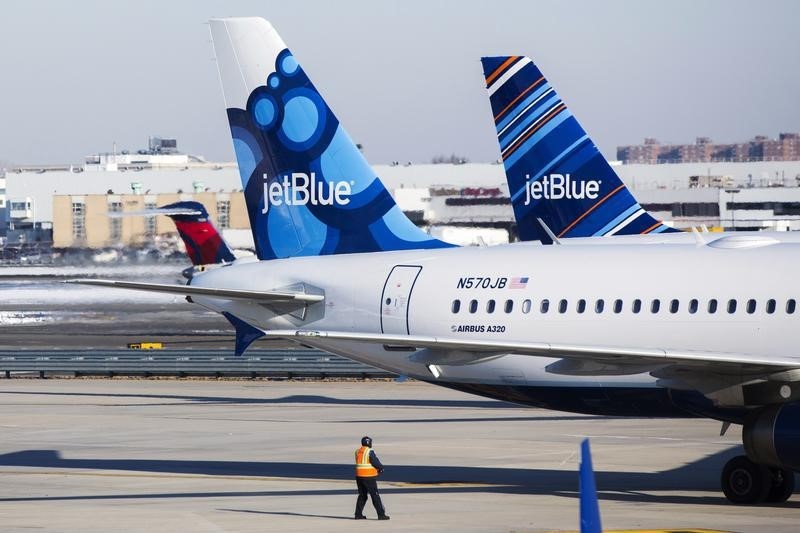© Reuters. FILE PHOTO: A small toy figure and mineral imitation are seen in front of the BHP logo in this illustration taken November 19, 2021. REUTERS/Dado Ruvic/Illustration
(Reuters) -BHP Group Ltd on Tuesday reported a steeper than estimated 32% drop in profit for the first half, citing weak iron ore prices, but forecast a positive demand outlook on strengthening activity in China.
However, its interim dividend of 90 U.S. cents per share, while lower than last year’s 150 cents per share, beat Vuma Financial’s estimate of 88 cents.
“We are positive about the demand outlook in the second half of fiscal 2023 and into fiscal 2024, with strengthening activity in China on the back of recent policy decisions the major driver,” Chief Executive Officer Mike Henry said.
“We expect domestic demand in China and India to provide stabilising counterweights to the ongoing slowdown in global trade and in the economies of the US, Japan and Europe,” he said in a statement.
Last year miners wrestled with surging costs, a tight domestic labour market and lower iron ore prices due to China’s strict zero-COVID policy. But the reopening of the world’s second-biggest economy and a policy shift for its debt-ridden property sector has BHP upbeat on the commodity demand outlook.
“The long-term outlook for our commodities remains strong given population growth, rising living standards and the metals intensity of the energy transition, including for steelmaking raw materials,” Henry added, apparently referring to the need for metals for products like electric vehicles and windmills.
However, in an environment where central banks are aggressively tightening their monetary policy, BHP expects its operating environment to remain volatile in the near term, but sees China providing relief as a source of stability for commodity demand.
The world’s largest listed miner said underlying profit attributable to continuing operations was $6.60 billion for the six months ended Dec. 31, compared with $9.72 billion a year earlier. That missed a Vuma Financial estimate of $6.82 billion.
















